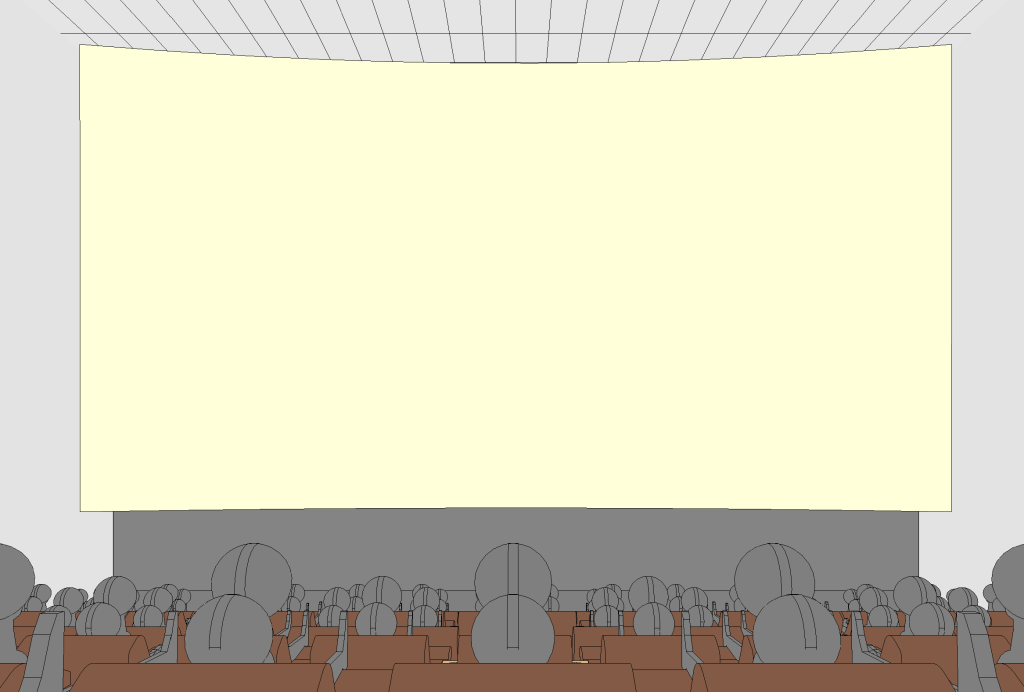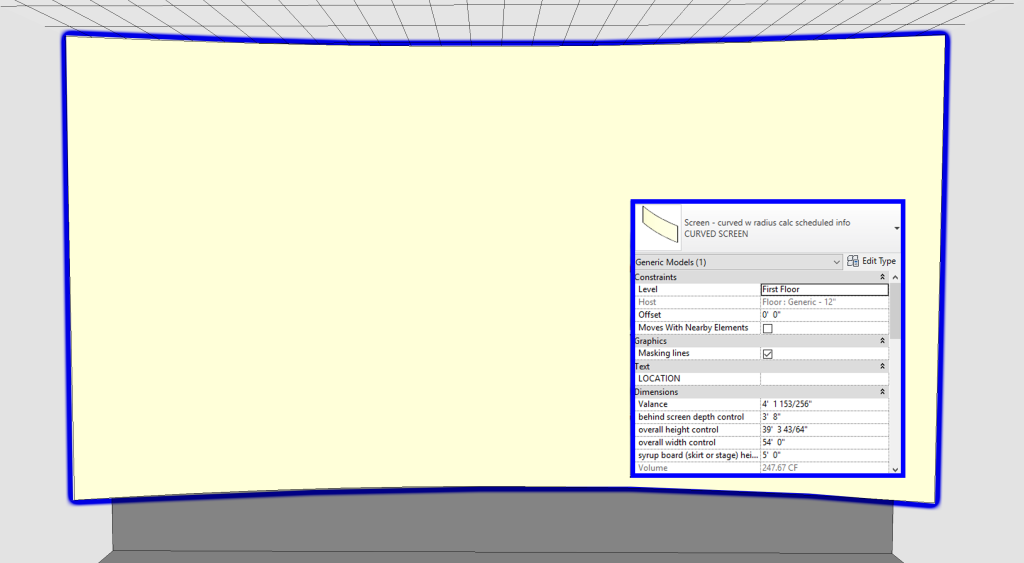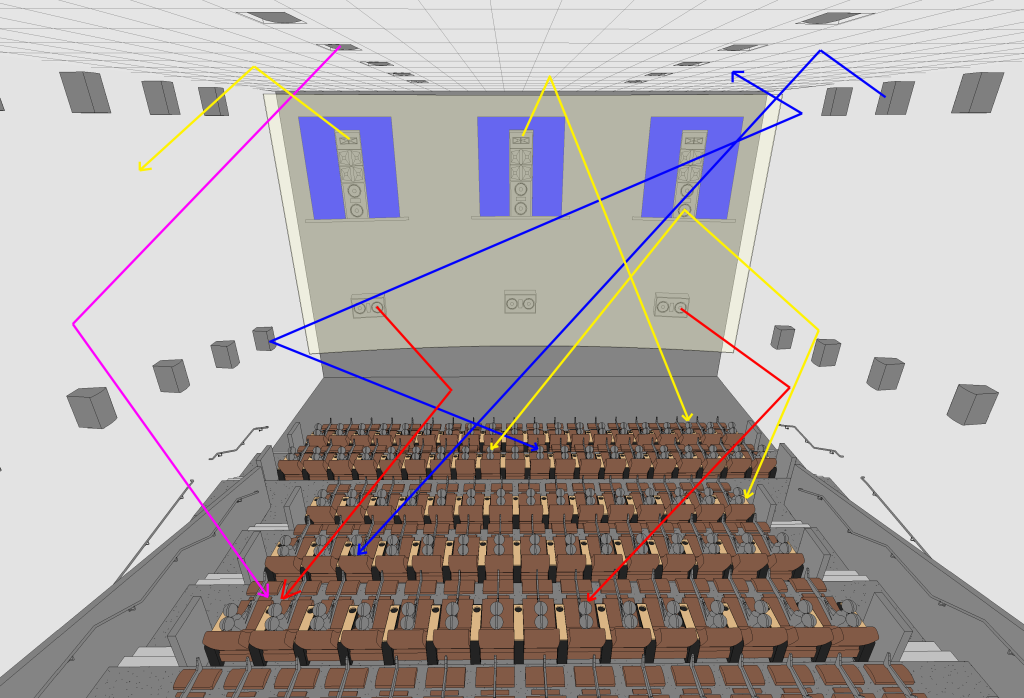By Michael Cummings, Sr. Principal, TK Architects International
June 30, 2016
There were several sessions at the CineEurope convention in Barcelona this year that focused on the impact that data is having on Cinema. Data is the reason that Amazon has a better idea of what you want for your birthday than your spouse. Many of the discussions focused on exhibitor loyalty programs and what is possible to do with that information.
The idea that was most interesting to me came during the executive roundtable discussion on the future of cinema. Jeffrey Katzenburg, still the CEO of Dreamworks, talked about the inefficiency of studios’ marketing of movies. He indicated that studios now spend as much marketing the movie as they do making them. Exhibitors have gathered information on their most likely customers through their programs. Katzenberg suggested that exhibitors share that information with studios allowing them to much more effectively reach their target audience and went on to say that they should be paid for the information. He essentially suggested a new business model for the studios and exhibitors. Very interesting…..
Richard Mitchell (Harkness Screens) and I made a presentation during the convention on the use of 3D and data in the design and operation of cinemas. The architectural and engineering professions are moving towards BIM – short for Building Information Modeling – to develop design and documents. Rather than creating two dimensional drawings such as plans, sections and elevation we use BIM to create three dimensional models. We can then extract views from the model to create plans, sections and elevations. You create and document three dimensional information all at once. It is a much better design process and is a fantastic visualization tool. For example, you can take a view from any seat in an auditorium; this allows us to optimize screen presentation and patron experience. We will not design or renovate an auditorium without using BIM. We saw this benefit right away and jumped headlong in adopting the software company-wide.

But that is only the tip of the iceberg when it comes to BIM. The data is the real key. Two key implications are:
- The embedded data is contained within the model and able to be used during the life of the building.
- You are in essence creating a simulation of the building. You can make adjustments and see the impact.
Let’s explore the possible impact of each.
Embedded Data
The simplest embedded data within the model can be the fixturing, furnishings and equipment (FF&E) items that are incorporated into the cinema. Since FF&E is normally provided by the exhibitor accurate information is rarely contained within architectural drawings. The value of embedding the information into the model will occur when you need to repair or replace something. How do you find out what seat, or screen, or speaker is in a particular auditorium? Do you have to go back and find the original purchase order? Do you have to have your manager try and find the detailed information by finding the tag or plate on the equipment? This information can be embedded within the model. Each of these elements is an object, and each object in the model can contain this information – manufacturer, model number, size, etc. Then you can find out the information simply by clicking on the object in the model.

Simulation
The real power comes in the ability to simulate performance and explore options. The most common use of data from the BIM model is energy modeling. The amount of energy that a building is permitted to use is being steadily reduced every three years as part of broader energy conservation objectives. It is becoming more difficult to comply with these energy code requirements and they require much more detailed energy modeling and calculation. By embedding the thermal resistance and other key energy features of materials and systems into the model, the information can be extracted into energy modeling software. You can then evaluate changing one or more of the components and calculate the impact on energy usage. This is in essence, simulating the performance of the building. BIM information is also regularly used to calculate lighting levels, and daylighting. The quantity information contained in the model is also quite valuable for reviewing costs and ordering materials. Contractors can use BIM to simulate construction of the building, evaluating options for sequencing and their impact on overall schedule.
The use of simulations for auditorium design are extremely interesting and have great promise for optimizing the presentation. Digital laser projection has significantly improved the brightness and contrast achievable. I have seen information indicating that an 8000 to 1 contrast ratio is common for digital laser projection and that much higher ratios can be achieved. The materials within the auditorium and their reflectance create a limiting contrast ratio. The calculation of limiting contrast ratio is very straightforward and can be evaluated with BIM. Materials are entered into the model, including their reflectance properties and the limiting contrast ratio can be calculated. You can then evaluate the impact of a different material by updating the material information and testing the limiting contrast ratio.
I also believe that BIM can be helpful in design of the sound system. Speaker properties are entered into each speaker object in the model. The geometric information is inherent in the model. Sound pressure levels can be calculated from this information. You can test the levels throughout the room by moving the speakers and/or changing the speaker and its properties.




